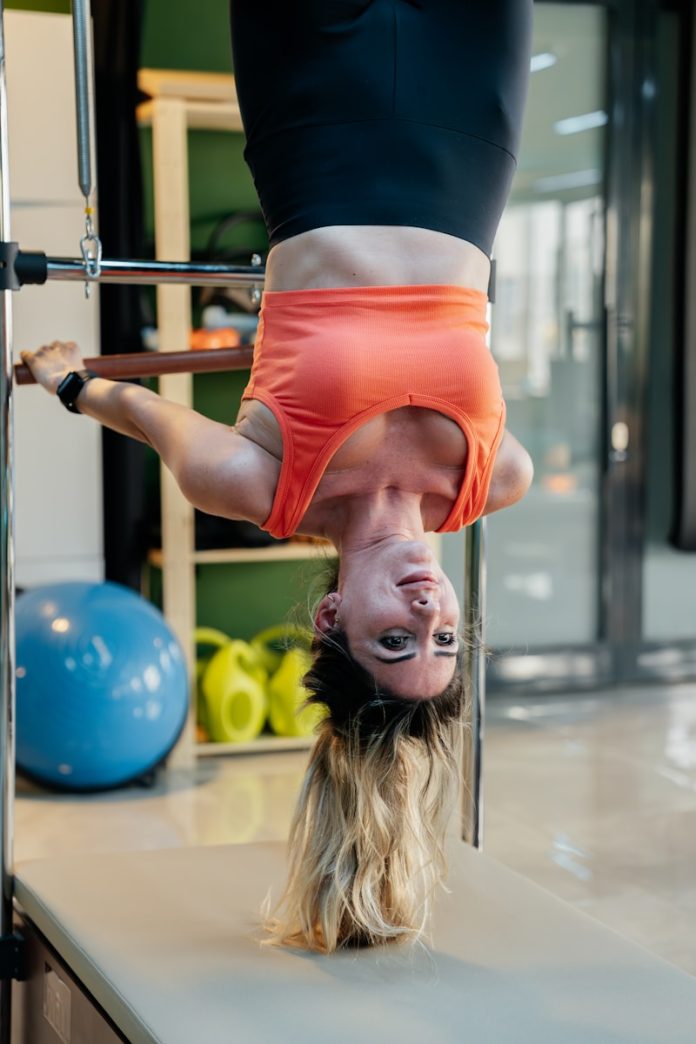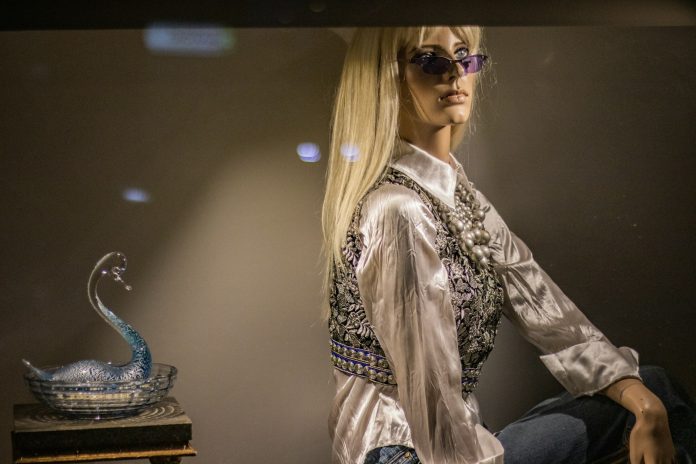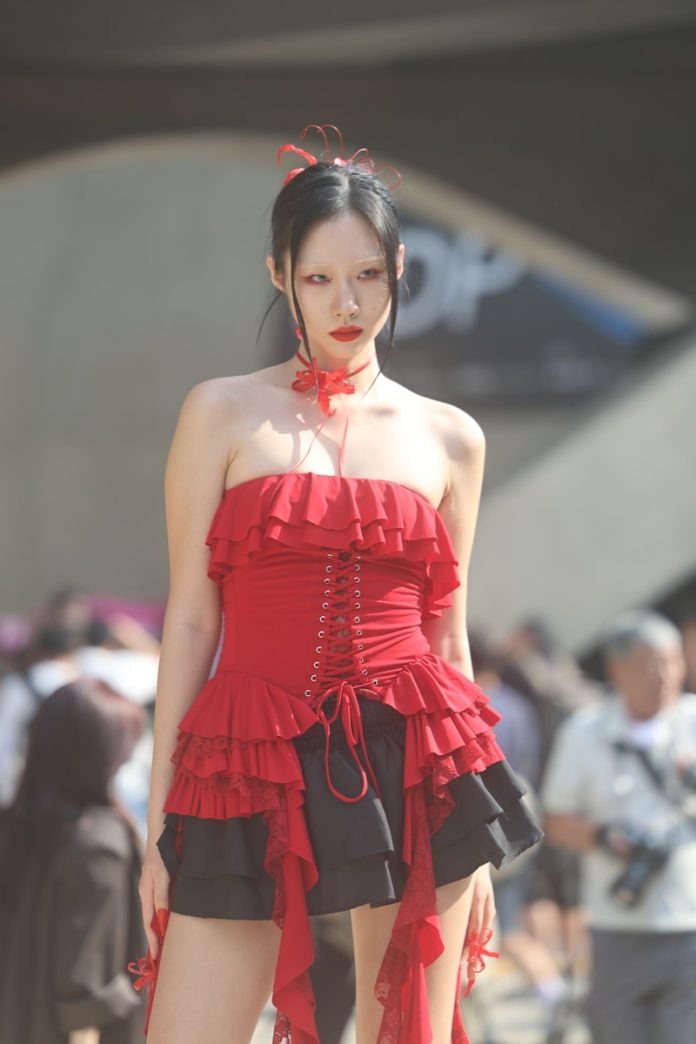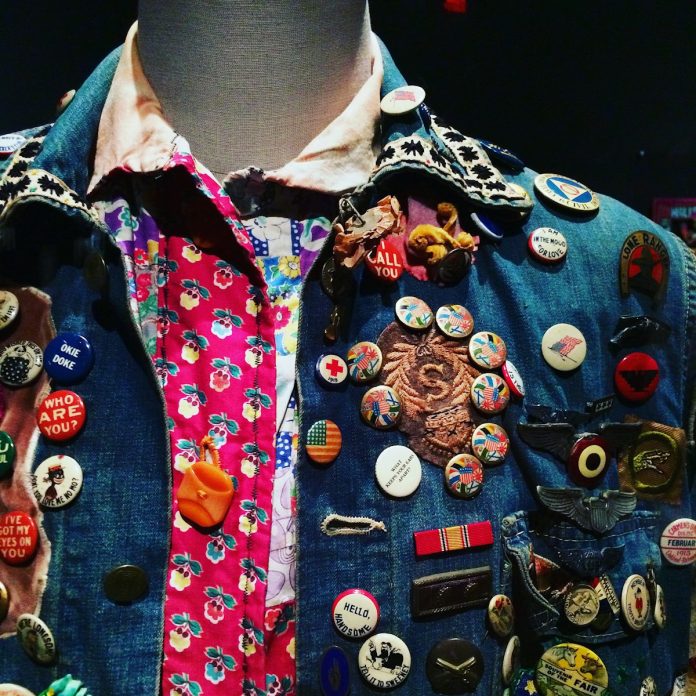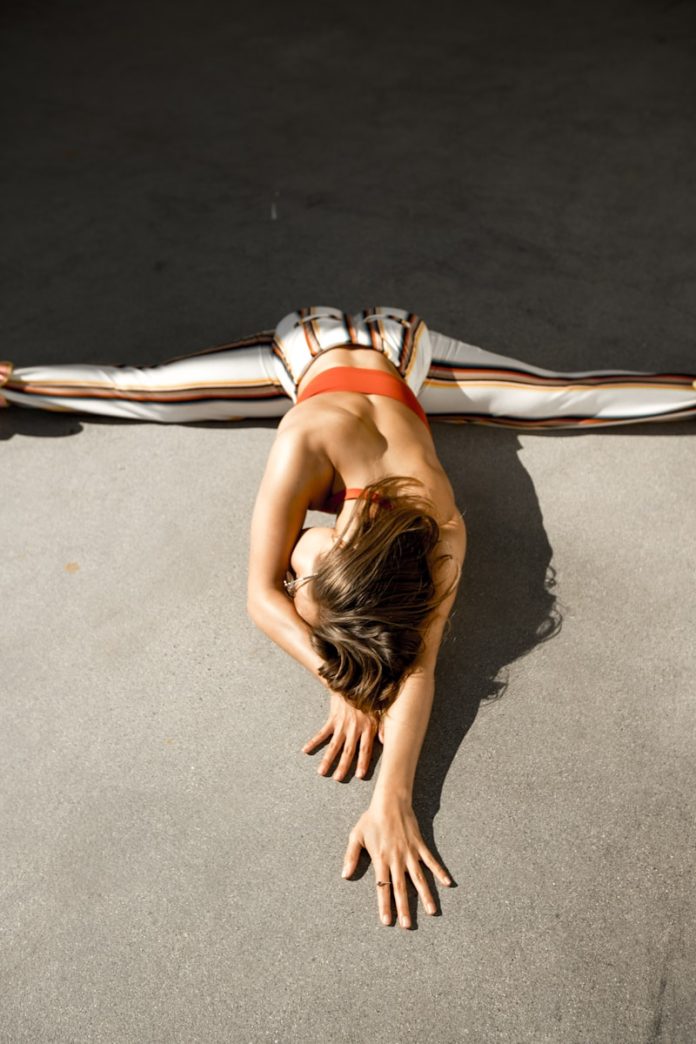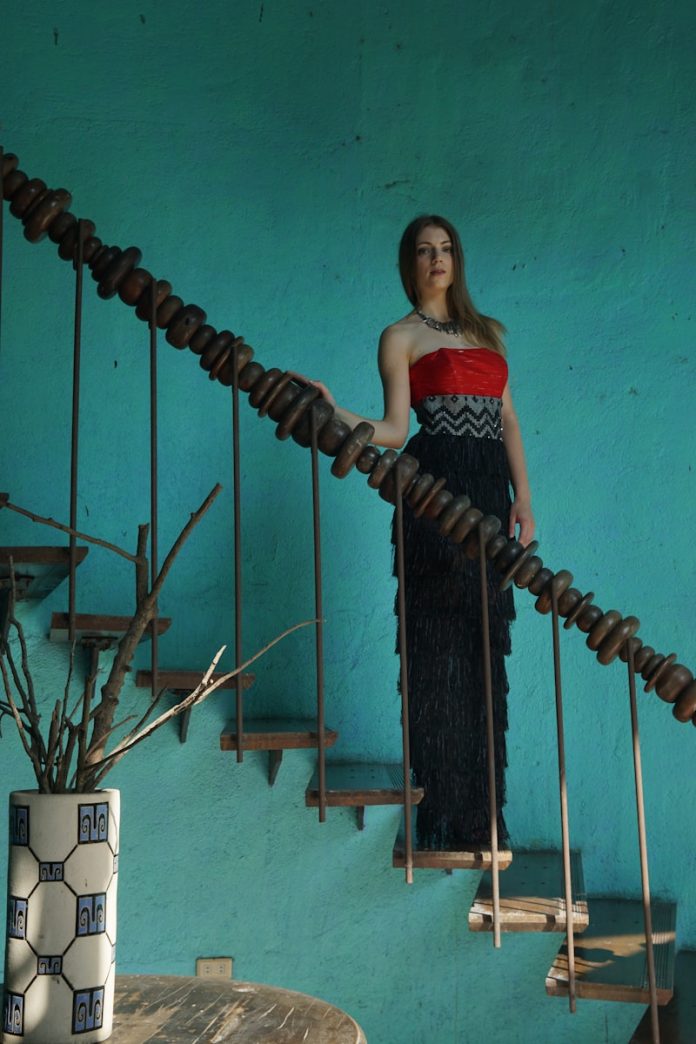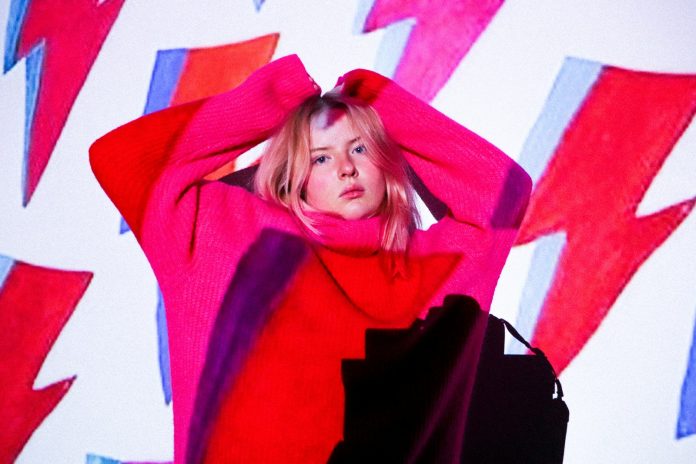Introduction: Stitching the Past into the Present
There are few garments in fashion history as controversial and iconic as the corset. Once a symbol of rigid beauty standards and bodily constraint, the corset has long carried the weight of gendered expectations, social class, and physical discomfort. But in a remarkable twist, it’s now making a bold comeback—not as a tool of submission, but as a symbol of empowerment, rebellion, and redefinition.
This modern resurgence of the corset isn’t simply about reviving a historical silhouette. It’s about reclaiming control. The 21st-century corset, often worn over T-shirts or paired with oversized trousers, speaks not to an era of subjugation but to one of choice and self-expression. It’s no longer about shaping the body to fit society’s mold; it’s about shaping society’s perception of the body.
In this essay, we unravel the layered journey of the corset—from its controversial past to its revolutionary present—and explore how it’s gone from a symbol of restriction to one of empowerment.
A Brief History of the Corset: Power and Pressure
The corset’s story dates back to the 16th century, when it first appeared as a boned undergarment designed to flatten the bust and shape the torso into a cone-like silhouette. Over the centuries, it evolved into a key component of women’s dress, particularly during the Victorian era, when the hourglass figure became the gold standard of beauty.
But the cost of this ideal was steep. Corsets were laced so tightly they compressed ribs, restricted breathing, and even reshaped internal organs over time. Women were expected to wear them from adolescence, reinforcing the notion that female bodies needed to be controlled, tamed, and molded.
This literal shaping of the female form symbolized broader societal constraints. The corset wasn’t just a fashion item—it was a metaphor for the limitations imposed on women in both public and private life.
Feminist Rejection: The Corset Falls from Favor
As women’s rights movements gained momentum in the early 20th century, the corset became a target of feminist critique. Suffragettes, flappers, and later second-wave feminists rejected it as a patriarchal device. The symbolic act of “burning the bra” in the 1960s was also a rejection of its ancestor: the corset.
Designers responded accordingly. Coco Chanel famously ditched the corset in favor of relaxed, sporty silhouettes that gave women room to move—physically and socially. The ideal body shifted from cinched to natural. Comfort became political.
For decades, the corset languished as a relic of a bygone era, associated with repression, fragility, and submission.
The Modern Revival: From Undergarment to Outer Statement
Fast forward to today, and the corset has made an unexpected return—but not in its traditional form. Modern interpretations are less about strict structure and more about strategic styling. They’re worn on top of clothing rather than hidden beneath, signaling a shift in narrative.
Fashion-forward individuals layer corsets over shirts, dresses, and even blazers. Designers like Vivienne Westwood, Alexander McQueen, and Jean Paul Gaultier have reimagined the corset as outerwear, emphasizing its sculptural beauty rather than its controlling nature.
Social media influencers, celebrities, and everyday fashion lovers alike are embracing the corset not as something that cages the body but as something that celebrates it. The message is clear: I wear this because I want to, not because I have to.
From Restriction to Reclamation: The Politics of Choice
What’s most powerful about the corset comeback is the element of choice. In its historical context, the corset was compulsory—a societal requirement for femininity and respectability. Today, it’s elective and often subversive.
By reclaiming the corset, wearers are rewriting its narrative. It’s no longer about conformity—it’s about challenging expectations. A woman wearing a corset in 2025 isn’t signaling submission. She’s saying, “I define femininity on my own terms.”
This is especially significant in marginalized communities, where fashion has long served as a medium for reclaiming visibility and power. For queer, trans, and non-binary individuals, corsets are being reimagined as tools of gender play, fantasy, and self-affirmation. In these spaces, corsets transcend binary ideas of gender and become symbols of fluidity, strength, and defiance.
The Corset in Pop Culture: From Costume to Cultural Commentary
Media and pop culture have played a huge role in reframing the corset’s image. Period dramas like Bridgerton have romanticized Regency fashion, while shows like Euphoria have brought corsets into the realm of Gen Z nightlife and streetwear. Musicians like Beyoncé, Billie Eilish, and Lizzo have worn corsets not as accessories, but as armor—projecting power from the stage.
Even in cinema, corsets are no longer just symbols of prim femininity. They’re tools of character development. Consider Margot Robbie’s Barbie in a structured bustier, blending hyper-femininity with critique. Or Zendaya, whose red carpet corset gowns evoke control and sophistication, not passivity.
Fashion and media are working hand-in-hand to recast the corset—not as a symbol of what women were made to wear, but what they choose to wear to tell their own stories.
Design Evolution: Comfort Meets Craftsmanship
Modern corsetry owes much of its resurgence to innovation in design. Today’s corsets are not built with whalebone or rigid steel, but with stretch fabrics, breathable panels, and ergonomic construction. Some corsets are entirely soft-structured, designed for style rather than shaping.
Independent designers and small brands have taken the lead here, using sustainable materials and inclusive sizing to make corsets accessible and comfortable. Many offer customizable pieces that accommodate a range of bodies—not just the hourglass ideal of old.
This shift has opened corsetry to more people, including those with disabilities, diverse body types, and varying gender identities. The message is no longer about shrinking to fit a standard—it’s about expanding the garment’s purpose to fit you.
Social Media and the Democratization of the Corset
The corset’s revival has also been accelerated by platforms like Instagram, TikTok, and Pinterest, where fashion trends evolve rapidly and accessibly. DIY corset tutorials, styling hacks, and historical fashion breakdowns have made corsets more approachable and less intimidating.
Social media has created a space where corsets are no longer just runway-exclusive. People thrift vintage corsets, repurpose old clothing into bustiers, or support small businesses making corsets in bold prints, denim, or vegan leather.
In this digital space, the corset is celebrated not as a restrictive uniform but as a creative canvas. It’s worn with sneakers, combat boots, cargo pants, and tattoos—far from the delicate lace and powdered wigs of its past. This is corsetry in conversation with the future.

